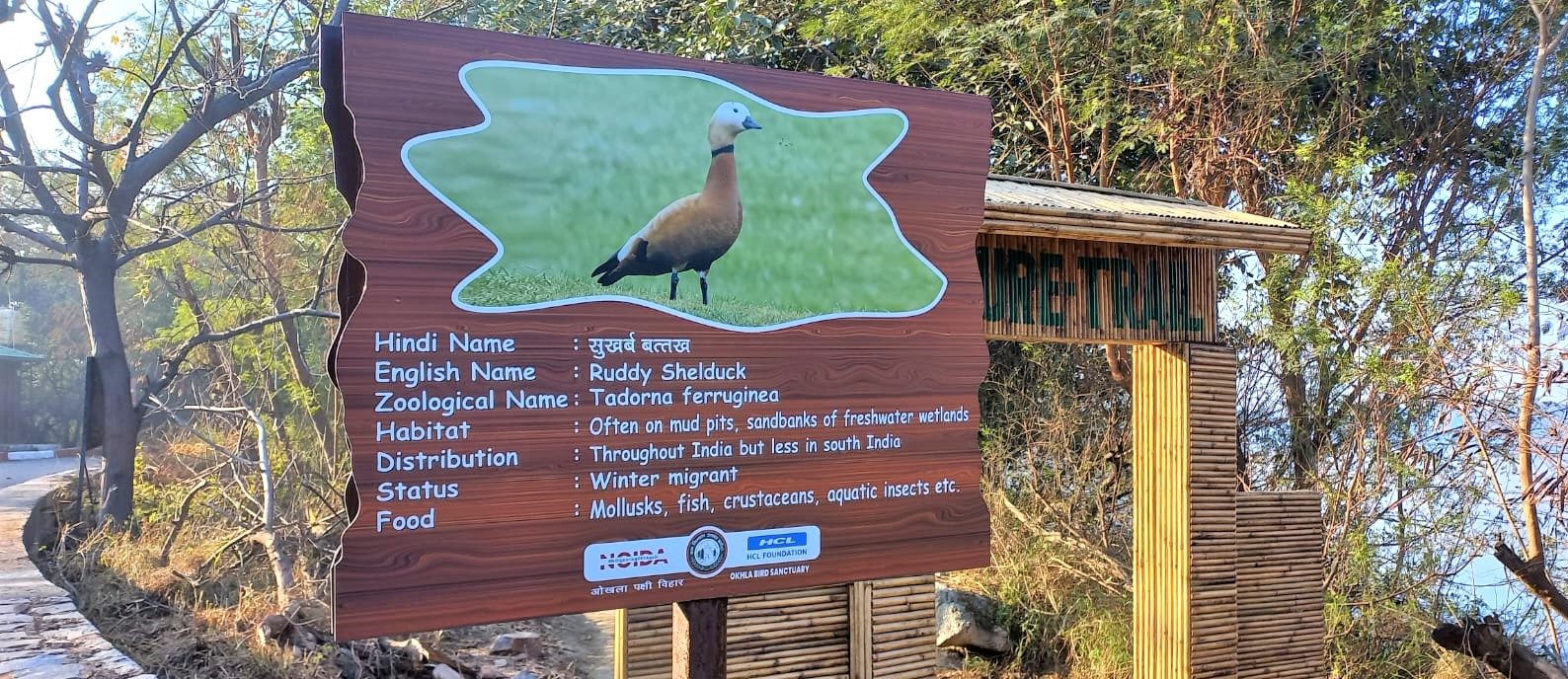
From ‘Surkhab ke par lagna’ to ‘Seenkhpar’ how local names of waterbirds mesmerized generations
-
Asian Waterbird Census
-
Species
When I was a child, I used to find the long geometric patterns produced by migratory birds flying in the sky mesmerizing. The cluster of short zig-zag lines moved aside as the shadows grew longer, allowing twilight to creep in. The peer group continued to speculate inexplicitly and wildly about where they are from and where they are headed.
Years later, when I moved to Okhla in South East Delhi, I was always attracted by the lush green area in my backyard that is known as the Okhla Bird Sanctuary, a home for migratory and resident winged guests. It is approximately 4 square Kilometers in size. The sanctuary is a popular destination for bird watchers and nature enthusiasts and is located in Gautam Budh Nagar, Uttar Pradesh, at the entrance of Noida from Delhi.
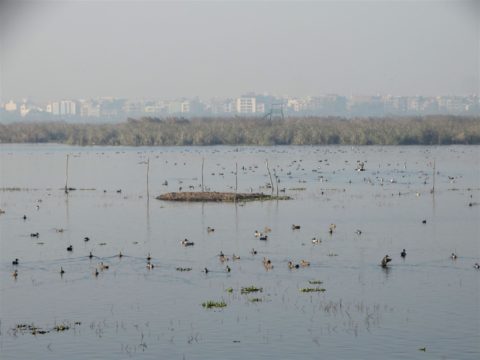
So, one pleasant morning, I decided to visit the sanctuary. I arrived at the Okhla Bird Sanctuary after a short metro ride from Jamia Millia Islamia. The boy at the gate quickly directed me and handed me a 30 Rs entrance slip. As I walked inside, I was struck by how serene the atmosphere was. I pondered over the names of the waterbirds displayed on well-crafted wooden boards as the Sun kissed the wetland. I was surprised to discover that I knew the names of the majority of the water birds.
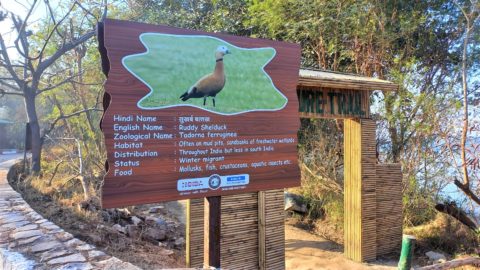
Consider the Ruddy Shelduck, also known locally as Surkhab or Chakwa. It is also known as Brahminy duck. Surkhab and Chakwa are both widely used in the local language. There would be hardly anyone who has not listened to the idiom ‘Surkhab ke par lagna’ (Getting the feathers of Surkhab) which means to have a distinction or achievement in peculiar way. ‘Chakwa’ and ‘Chakwi’ often found in pairs are part of traditional folklores resembling faithfulness and conjugal fidelity.
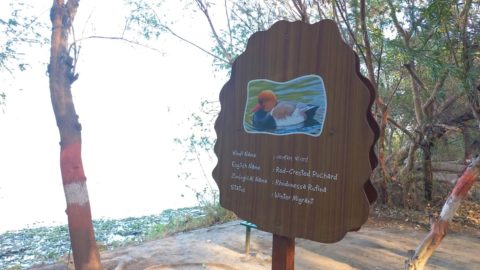
A few steps ahead, another beautiful and vibrant photo of a waterbird caught my attention. The Red-Crested Pochard is locally known as ‘Lal-Sar’ meaning Red-headed. I remember how the villagers shrieked in excitement at the glimpse of the bird and said ‘Lal-sar’ bhi aayi hai abki baar’ ( The red-head bird is also here this time). A glimpse at the photo reflects that the local names have evolved after carefully examining the bird’s physical features which makes it easier for people to remember and recall their names.
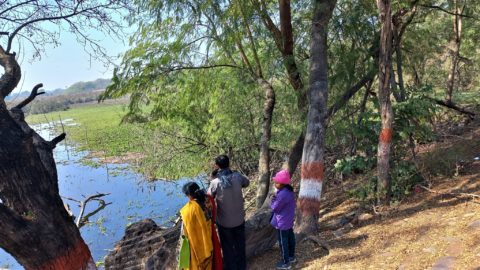
Equipped with camera and binoculars, many groups were seen enjoying bird watching. It was surprising to see young children identifying the birds with their names and turning to their parents only for verification. This showed that not just knowledge but values too need to be imbedded in youngsters at an early age.
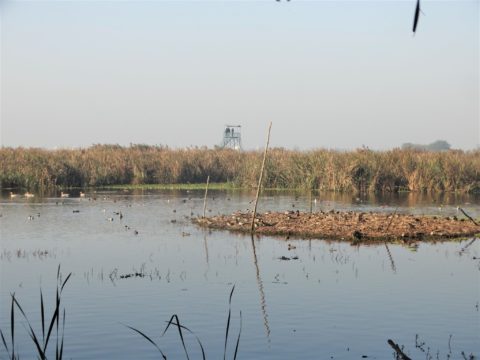
The wetland in the winter season is vibrant with both migratory and resident birds which fill the wetland like the star-studded sky.
I recall how experienced ears in the villages could identify the birds with the peculiar sounds they made, how the sight of the ‘Lal-sar’ made the village boys shriek in excitement and how the tantrums of someone were combated with the idiom ‘Surkhab ke par lag lag gaye hain’ ( Seems you got the feathers of Surkhab’)
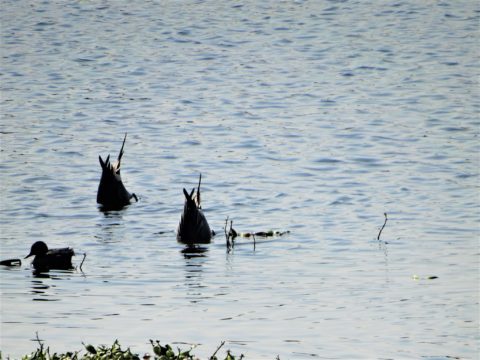
As I returned and showed some of the photographs I clicked at the sanctuary to one of my friends, he was quick to identify the Northern Pintail. He exclaimed “Ye to ‘Seenkhpar’ hai, bahut choti si hoti hai’ (This is called ‘Seenkhpar’, it’s a small duck). Yes! It was yet another bird identified with its local name. Read More
